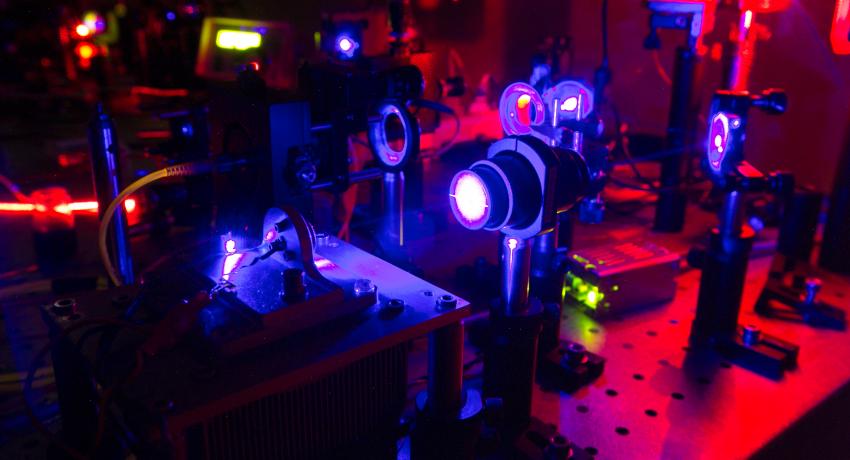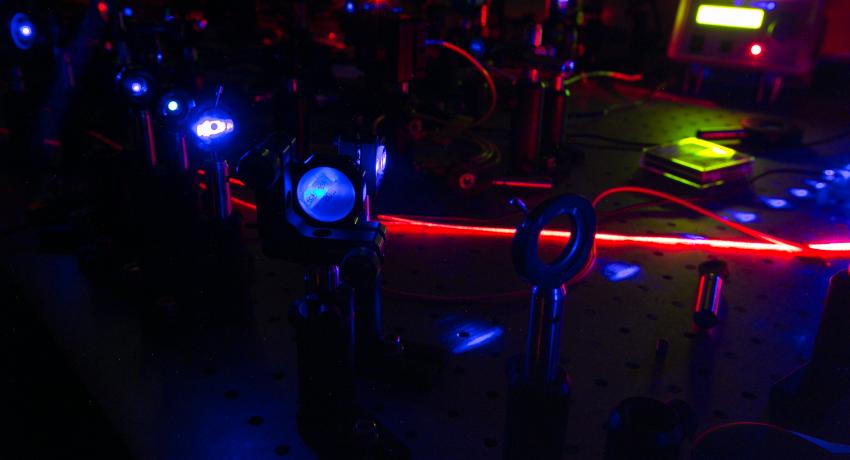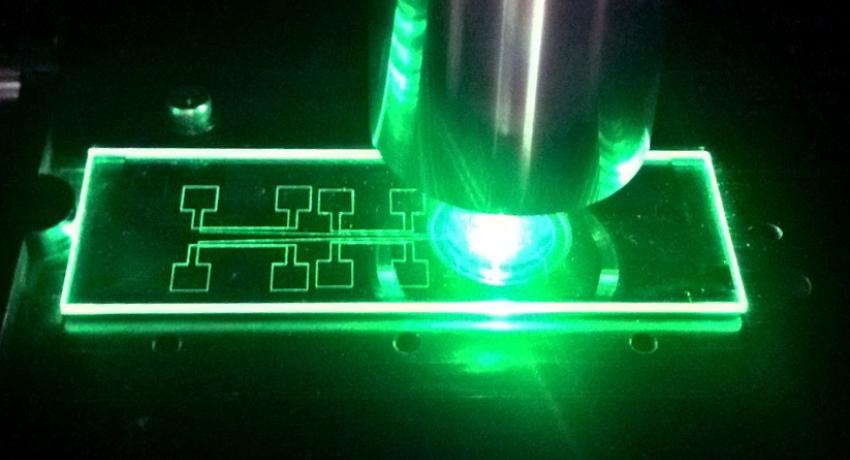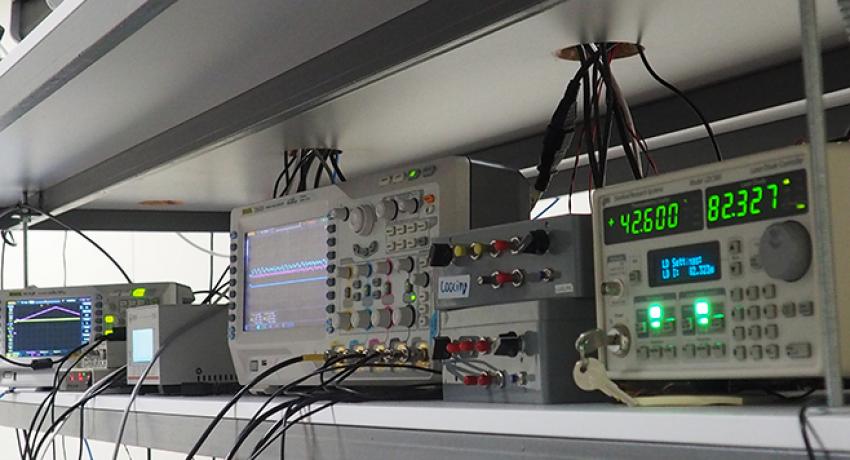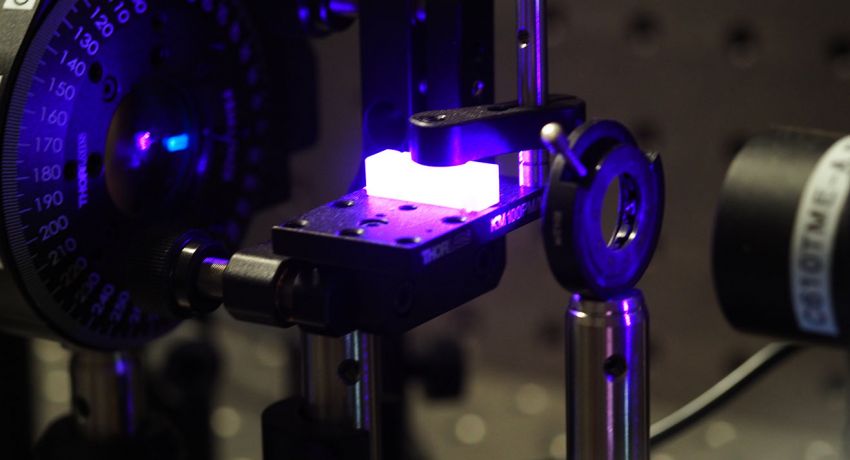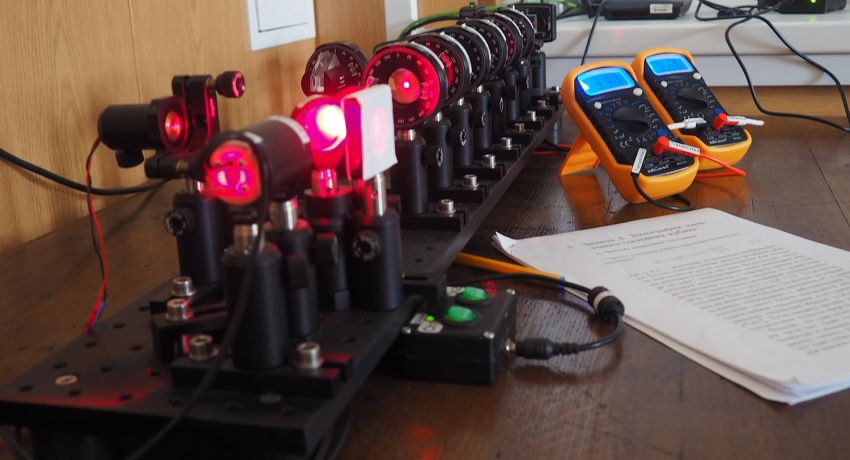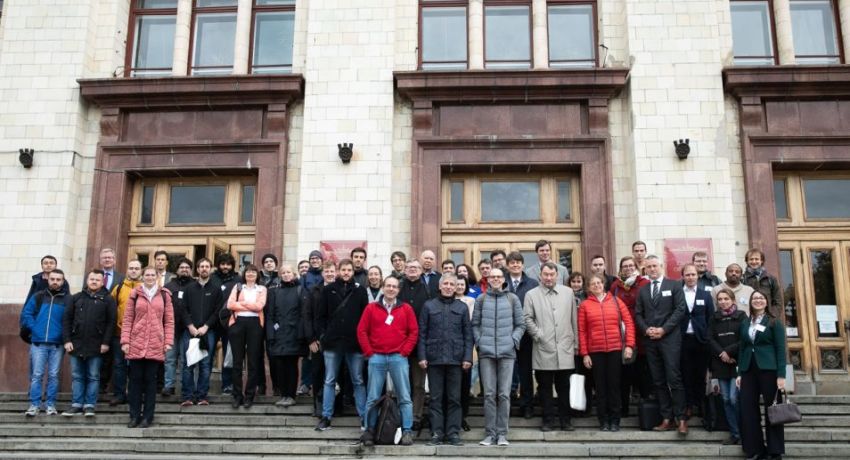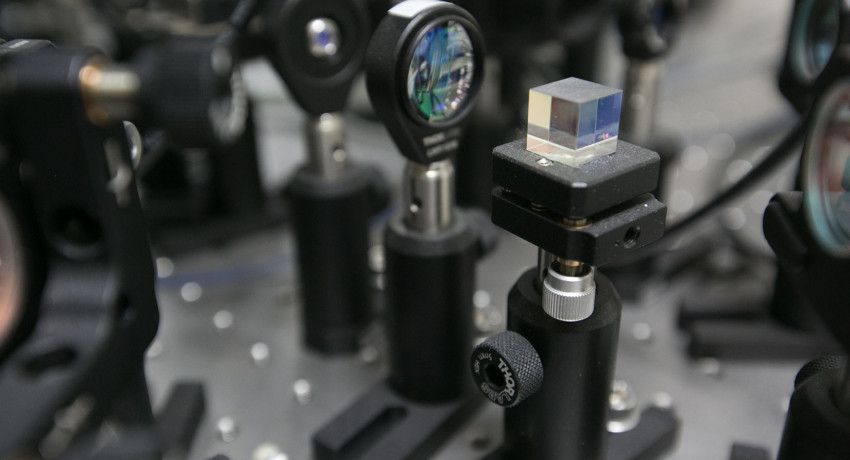Nanophotonics
The department consists of three laboratories specializing in integral, resonance, and reconfiguration nanophotonics.
Quantum and Optical Technologies
The possibility of using single impurity atoms in solid-state structures to create the corresponding quantum electronic devices appeared quite recently, a little more than five years ago. This area of quantum technologies is very young and is in the "mainstream" of world research.
Applied Quantum Communication
Quantum Computing
The interdisciplinary master's program includes both in-depth study of the theory of quantum information processing, the theory of quantum computing and quantum algorithms, as well as the necessary sections of physics that underlie the physical models of quantum computing. In particular, this includes quantum optics, physics of cold atoms, physics of condensed matter, and the interaction of radiation with matter. Training under the program assumes the maximum variability of courses and the ability to choose a personal work plan. Students can specialize in two main areas:
Quantum optics (quantum part)
The quantum part of the complex consists of 5 modules connected to each other by a single-mode polarization-maintaining optical fiber. By connecting modules in different configurations, you can quickly rebuild the complex to perform different tasks.
If it is necessary to increase the number of seats, the radiation of the pump laser module and the source of coherent and thermal states can be separated by fiber beam splitters in several setups.
Light polarisation module (classic part)
The light polarisation module allows one to implement the preparation and measuring procedures of a qubit.
Tasks
- Light polarization
- Polarization elements
- Polarization qubit tomography
- Quantum cryptography protocols
- Single-qubit quantum process tomography
The 9th Russian-German Young Scientist Week
The 9th Russian-German Young Scientist Week was dedicated to actual issues of the quantum technologies and related fields development and was held on the 23rd—26th of September in the MSU Faculty of Physics.
Online Course "One-way Quantum Computation"
In this course, you will explore in detail the one-way quantum computing model. This model is one of the most promising in terms of practical implementation. In addition, you will understand what continuous-variable quantum computation is and how this type of computation differs from the usual computations with qubits. In addition, you will explore in detail the methods of quantum error correction that can be applied to all models of quantum computation. The authors of the course belong to the theoretical quantum-optical school of St.
